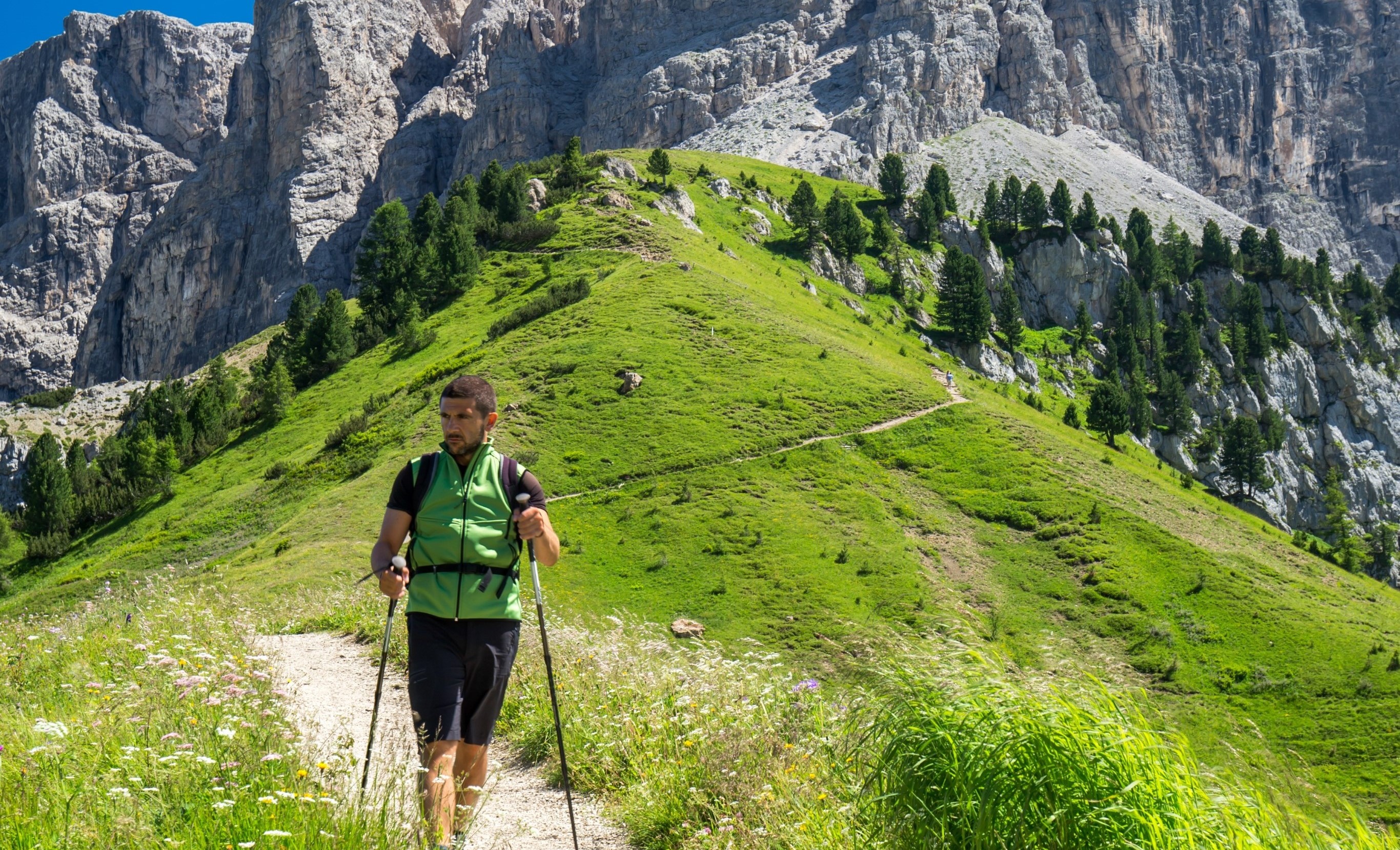Hiking in Austria

Austria encompasses the largest portion of the Alps among the eight alpine countries, roughly 29%. The Alps cover 60% of the country’s territory, only leaving out the eastern and northern parts of Austria. It makes it an attractive destination for all outdoor enthusiasts, from skiers to mountaineers and hikers.
The Alps cover 60% of Austrian territory
The mountain area is dotted with trails of different difficulties and is covered by what is supposed to be over 500 mountain huts. Every hiker can enjoy their hospitality while exploring the breathtaking world of the Austrian Alps.
We hope this guide can help you see what hut-to-hut hiking in Austria is like and inspire you to spend your upcoming holidays in the Austrian Alps.
When is the best time to visit Austria for hiking?
The hiking season in Austria lasts from mid-June to mid-late September. It is also when the mountain huts are open. They close their doors during winter and remain closed for as long as snow persists.
Outside the hiking season, winter transforms Austria into a snowy wonderland, perfect for skiing adventures. Discover the magic of winter with Ski Holidays Austria, offering a captivating experience amidst Austria’s pristine snow-covered landscapes.
While some low-lying lodges may open their doors in May and remain open until October, you should not count on it if you plan your trip in advance.
Hiking season lasts from mid-June to late September
You can visit any time from late June to early September without worrying about unwanted surprises. However, you will enjoy the most advantages if you come in early summer: blooming nature, fewer people, long days, and reasonable temperatures.
The high season lasts from late July to late August, with the footpaths and huts getting more crowded, the temperatures rising, and the weather growing more unstable.
The conditions become more appealing in September again, but you should keep in mind that the days grow shorter. If you know how to pace yourself well, though, it should not be a problem. An additional layer of clothing will also be welcome for the colder mornings.
Daily weather
During the hiking season, the temperatures can get relatively high. Although they mostly stay between 20°C and 30°C in the valleys, they can also rise above 30°C. Higher in the mountains, the temperatures are well above 20°C when the day is sunny, but that can change quickly during cloudy and windy days.
Checking the local weather forecast regularly is of utmost importance when hiking
Afternoon storms are the hiker’s main enemy. They are quite often during hot summer days and form quickly to surprise you in an inconvenient situation if you are unprepared. Therefore, you should regularly check the local weather forecast and plan your day accordingly.
Such storms also bring a decrease in temperatures, so you should be prepared for that as well.
Night temperatures fall considerably, meaning the mornings are colder too, and usually more pleasant for hiking. If you pace yourself well, you can be done for the day by the time it gets too hot. You also minimize the risk of getting caught in a storm.

Leave a Reply